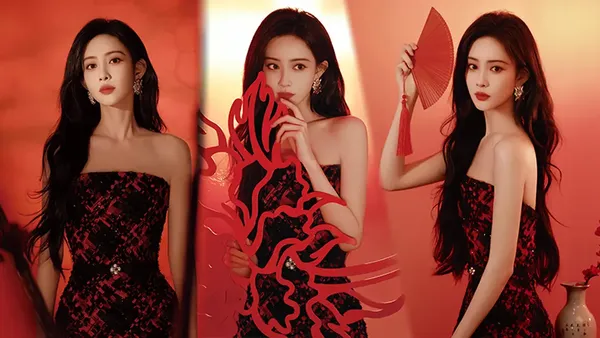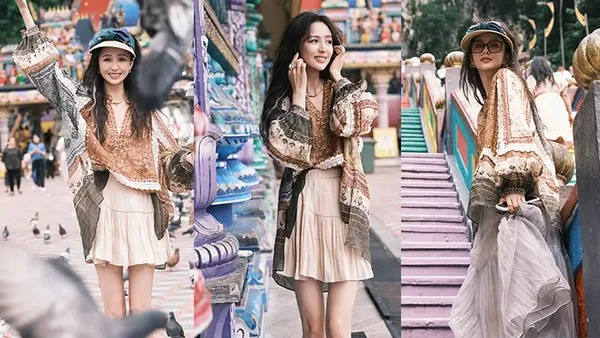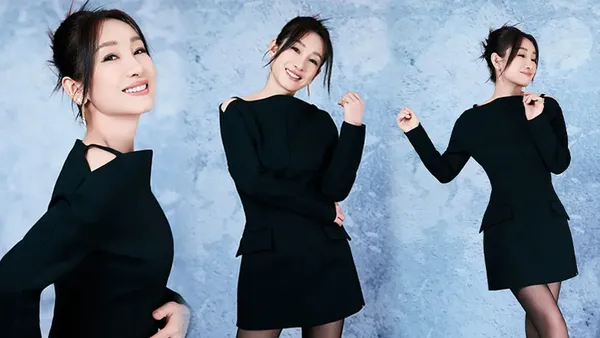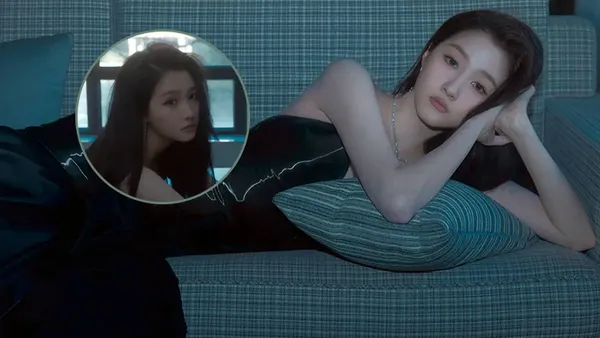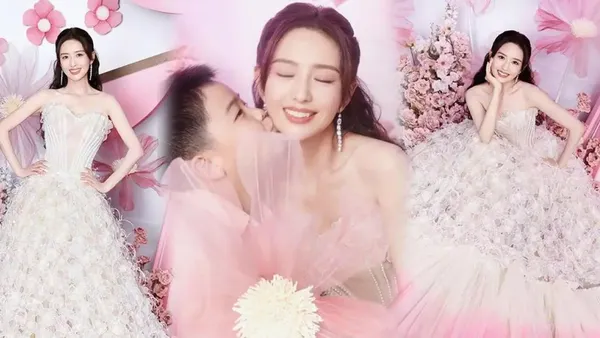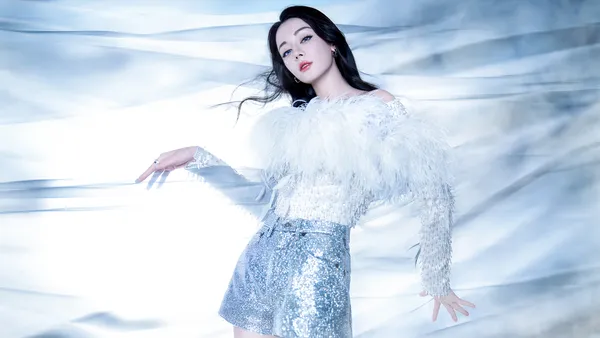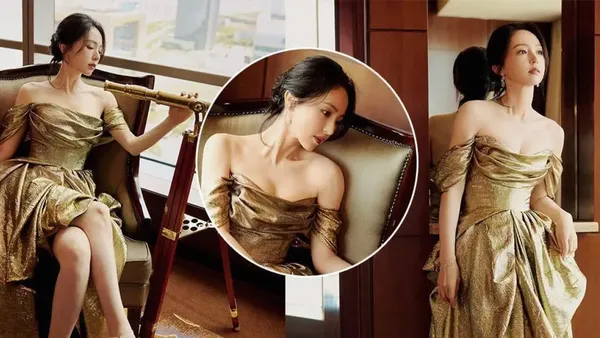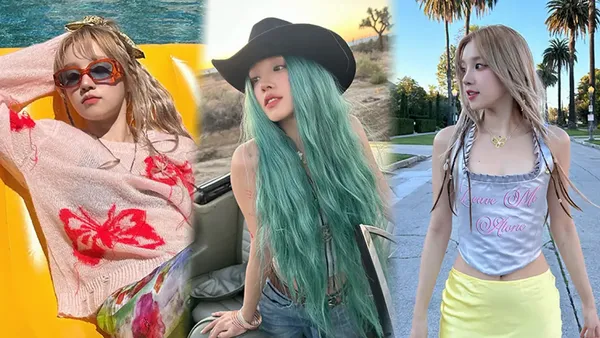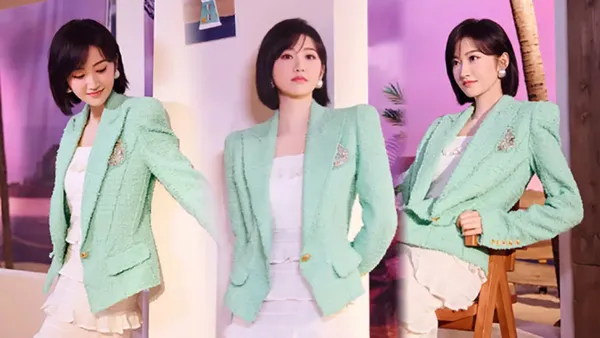The Spring Festival movie "Fengshen Part 2: The War of War in the West" reveals a special edition of the world view and unveils a new chapter in the mythical epic world
Today, the national mythological epic Fengshen II: Xiqi in the flames of War, directed by director Urshan, released a special worldview on the continuation of mythology. At the end...
Today, the national mythological epic Fengshen II: Xiqi in the flames of War, directed by director Urshan, released a special worldview on the continuation of mythology. At the end of Fengshen part I: Chao Song Feng Yun, Xue long Kui carried Ji Fa back to his native Xiqi, while Fengshen II further focused the camera on Xiqi. This Xiqi city, which is truly built by the crew and covers an area of 9 million square meters, presents a very different natural style and humanistic beauty from the Korean song. It is also the "ideal home" that Xiqi's army and people are sworn to protect. With the flames of the war in "the Defense of Xiqi", the two armies of Yin Shang and Xiqi confronted each other head-on, and "Fengshen II" showed more war and action scenes, and the fierce battle of battlefield was exhibited by Jinge Iron Horse and Iron Horse. In addition to the friendship between war and war, the film also makes mythical characters and beasts that have been handed down for thousands of years come true. The special shows us the ink unicorn with four hoofs, the fast-growing marten, and the swirling Qingyun Jian Jiaolong. All kinds of pictures let us see the extraordinary charm brought by the combination of imaginative Chinese mythology and shocking audio-visual.
Since the first script planning meeting of the Fengshen Trilogy was held in June 2014, after preparation, shooting and post-production, the Fengshen series has gone through ten years. As executive producer Huang Bo said, "Director Urshan spent ten years bringing together the best creative forces in China to build the dream of being a god." Producer Luo Shanshan also said that "the Fengshen series is a fusion and collision of Chinese aesthetics and Chinese film industrialization." Cultural imagination and historical accumulation have jointly created a fascinating mythological and epic world.
The film is directed by director Urshan, Luo Shanshan, Urhan and Guan Xu as producers, Jiang Zhiqiang as producer, and Huang Bo as producer and actor. Yu Shi, Na'er Xi, Chen Muchi, Fei Xiang, Naran, Wu Xingguo, Han Pengyi, this Sha, Wu Yafan, Xia Yu, Sengge Renqin, Aliku, Zhang Yitaki, Nayintai and Chen Kun will be released nationwide on the first day of the Lunar New year in 2025.
-
innovative setting Xiqi military and civilian to defend their homes to highlight the power of human beings
A real scene of 9 million square meters to build a "permanently preserved" city of Xi Qi City
At the end of the film Fengshen I, Ji Fa resolutely assassinated Yin Shou and embarked on his way home. In Fengshen II, Xiqi also ushered in a crusade by the Shang army. **Director Wu Ershan said that with "the Defense of Xiqi" as the core, "Fengshen II"can see more war action scenes and increase the performance of magic." In the face of the elite of the Shang Dynasty and the four magical generals led by Deng Xiyu and Wen Zhong, although Xiqi's army and people had not been at war for hundreds of years, they burst out unprecedented strength in the process of defending their homes. with flesh and blood, the strength of the whole city to carry out an all-out fight. Different from the original works Romance of Fengshen and the words of King Wu, highlighting and strengthening the power of man is a new setting given to this war by the trilogy of Fengshen. In this regard, the director Wu Ershan shared, "the core of the mythological epic film is still human, and the human crisis should be solved by human beings."
As the young master of Xiqi, Ji Fa will also shoulder the important task of defending his homeland and lead Xiqi's army and people against the powerful enemy in the second part of Fengshen. Director Wuershan revealed: "Ji Fa has not yet become King of Zhou Wu in the second film." From the guards of the Wang family who guarded the Yin Shang Dynasty to the Master Xiqi who protected his homeland, in particular, Ji Fa can see how ordinary people grow up, how to face the choice between good and evil, and make their own choices in life. "
In the special, the military and civilian training in plain clothes in Xiqi City is in sharp contrast to the splendor and extravagance of Chao Song. Ye Jintian, art director and styling director, said: "Xiqi mainly expresses a natural and humanistic feeling, while Korean songs are more beautiful, representing power struggle and ambition." Unlike the extravagance of Longde Hall in the song city of Korea, the design of Xiqi City is more simple and simple. Under the warm sun, the endless wheat sea is stacked with distant mountains, and the staggered houses are full of the beauty of peace and simplicity, which is the "ideal home" that the people of Xiqi are willing to protect. Art designer Qiu Sheng said that in order to create a real environment and atmosphere in Xiqi, the art team abandoned the general way of setting up scenery and built all Xiqi streets and Xibo Houfu in the form of "permanent preservation." the real construction of a Xiqi City with an area of 9 million square meters and more than 50 landmark buildings. Wang Yu, director of photography, said: "there are immortals and people in this world, and there are large tracts of wheat fields and folk houses, all of which add a lot of viewability to the film." **
-
Action plus bow horse riding and shooting comprehensive special training shows a good battle immediately
make-up with real-life special effects and layered shooting to create the four generals of the Devil Family
In addition to the large-scale setting, the action of "Fengshen II" also becomes more abundant. Action director Sang Lin said: "there are more archery horse riding and shooting action scenes in the second film, which will have more visual richness and different feelings for the audience." In the special, the horse skills of Ji Fa (Yu Shi) and Deng Xianyu (Narnaxi) are particularly eye-catching, whether it is running away and pulling the bow, or the royal horse leaping into the air, you can see their good kung fu. In order to present the flowing horse action play, the two actors experienced high-intensity action and equestrian training in the half-year training and shooting spare time of the "Fengshen performance training Camp". Director Wu Ershan said: "the action design on horseback is based on the personal abilities of the two actors, hoping to fully show their excellent training results on the screen."
In the special, we can not only see the wonderful fight between Ji Fa and Deng Jiyu, but also the shocking scene of the two armies riding together. Groups of war horses go hand in hand, iron hoofs are like thunder on the battlefield, which shows the magnificent momentum of the confrontation between the two armies. Su Rong, the equestrian director, said: "the filming of the Fengshen II circus has mobilized more than 200 horses, and you can see the shock and impact of the horse battle."
Standing in front of the iron riders of the Yin and Shang dynasties, the magic family four generals hold dharma weapons, and their figure of more than 12 meters shows their sense of pressure and deterrence. Director Wu Ershan said that the four players of the Devil Family are not made by special effects, but are shot by real people with the help of special effects make-up and MOCO. In the film, the shape of the four generals of the Magic Family is inspired by the 87 Immortals Scrolls by Wu Daozi in the Tang Dynasty. Special effects makeup artist Jenny Lee shared that in order to "become a role", actors put on special effects makeup for up to four hours. On the other hand, the crew used MOCO and upgraded shooting methods to show the weight brought by the giant's posture. According to Wang Yu, the photography director, the fourth General of the Magic Family filmed in different proportions with the normal army, and then realized the seamless connection of each layer of shooting through the accurate calculation of MOCO, and then showed the real sense of existence of the giant on the battlefield only after being superimposed layer by layer. For this complex production process, producer Huang Bo can not help but sigh, "in a perspective screen layer by layer superimposed, this is what a terrible calculation and engineering quantity."
-
break through the imagination and let mythical figures and beasts appear on the big screen
the spectacle of "Ten Martial Arts" combined with a burst of innovative adaptation
In the special, all kinds of digital creatures appear one after another, which brightens people's eyes: ink Kylin scales covered with four hoofs walking on fire; flower fox marten markings such as embroidery, leaping dexterity like electricity; as pointed to by Qingyun sword, Jiaolong breaks the wind and rolls the clouds. According to Douglas Hans Smith, a senior visual effects director, "there are more digital creatures and digital characters, more grand scenes, requiring a huge amount of environment and thousands of people to interact with each other," which undoubtedly increases the complexity of visual effects production. Sun Ye, an executive producer, first deputy director and post-producer, also said that the combination of digital biology and people is a major difficulty. "A large amount of technical conversion has to be completed between each layer to ensure that the final synthesis results complement each other."
In Fengshen I, although the digital character Lei Zhenzi did not appear much, his scene of falling from the sky and rescuing Xibo Hou Jichang left a deep impression on many audiences. In the trailer previously released by Fengshen II, Lei Zhenzi also joined the "Xiqi Defense War" to fight against the dragon formed by the illusion of Qingyun sword. According to visual effects producer Gao Minglu, Lei Zhenzi in Fengshen II has been redesigned and produced in terms of bone, muscle, fat and epidermis. After the facial, fleshy wing and chest muscle structures have been reconstructed, the production accuracy, texture and vividness have been improved. In the production process, Lei Zhenzi also incorporated more detailed capture of the actor's body and face, so the presentation of both movements and facial expressions are more abundant.
The film not only has fantasy mythological characters and creatures, but also the war scenes are equally shocking. The Ten Last Array is a classic passage in the original work, and director Wu Ershan hopes that it will be shown as "a formation that is strong enough to feel dangerous for everyone and can be felt by the audience." For this reason, the director Urshan integrates the ten array methods into one, which visually presents the unpredictable and dangerous situation of the "Ten unique Array". Wu Yibei, a visual effects producer, said: "the overall visual effect of the second film is more than 1900, and the workload and difficulty of the visual effect are much more than that of the first film, which will bring more shock and rich audio-visual experience to the audience." "Fengshen II" continues the thousand-year-old mythological classics with shock. During the Spring Festival, the family goes into the cinema to watch Chinese mythology, celebrate the Chinese New year, and experience the magnificent and fantastic world of Chinese mythology.
The film "Deity II: war Xiqi" is directed by director Urshan, Luo Shanshan, Urhan and Guan Xu as producers, Jiang Zhiqiang as producer and Huang Bo as producer and actor Yu Shi, Na'er Xi, Chen Muchi, Fei Xiang, Na ran, Wu Xingguo, Han Pengyi, this Sha, Wu Yafan, Xia Yu, Sengge Renqin, Aliku, Zhang Yitaki, Nayintai and Chen Kun. The film is produced by Shanghai Ferris Eye Culture Media Co., Ltd., Beijing Jingxi Culture and Tourism Co., Ltd., Century Changsheng Sky Film Industry (Beijing) Co., Ltd., Beijing Alibaba Film Culture Co., Ltd., Huaxia Film Distribution Co., Ltd., Dongyang Putian Film and Television Culture Co., Ltd., Jiangsu Film Group Co., Ltd. Beijing Ferris Wheel Culture Media Co., Ltd., Shanghai Tencent Penguin Film and Television Culture Communication Co., Ltd., Central propaganda Department Film Satellite Channel Program production Center, Hebi Investment Group Co., Ltd., Xinjiang Culture and Tourism Investment Group Co., Ltd., Chinese Image (Beijing) Film Co., Ltd., Shanghai Junior three Film Co., Ltd., Poly Film Investment Co., Ltd., Sichuan Curiosity Yixing Film and Television Culture Media Co., Ltd., Beijing Fenghe Film Co., Ltd., Pearl River Film Group Co., Ltd., Xinli Media Group Co., Ltd., Chengdu Film Group Co., Ltd., iqiyi Film (Beijing) Co., Ltd., Shenzhen Erhu Culture Industry Development Co., Ltd., Yu Yan Qi (Shenzhen) Culture Media Co., Ltd., Wenhua Dongrun Film and Television Culture Co., Ltd., Beijing warm opening Culture Media Co., Ltd., Jointly produced by Dongshen (Shanghai) Film Co., Ltd. And Beijing Weimengchuangke Network Technology Co., Ltd. Issued by Shanghai Taobaopiao Film and Television Culture Co., Ltd., Beijing Jingxi Culture and Tourism Co., Ltd., Century Changsheng Sky Film (Beijing) Co., Ltd., Beijing Ferris Wheel Culture Media Co., Ltd., Huaxia Film Distribution Co., Ltd., China Film Co., Ltd. Beijing Film Distribution Branch, Beijing Fenghe Film Co., Ltd. The film is a special fund project for promoting Shanghai film development and a major literary and artistic creation project of the Shanghai Cultural Development Foundation, which will be released nationwide on the first day of the Lunar New year in 2025.
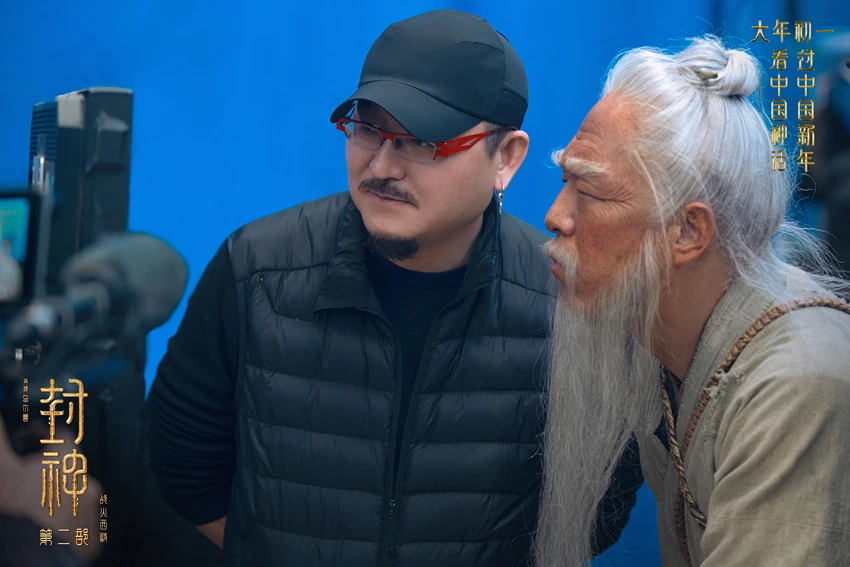
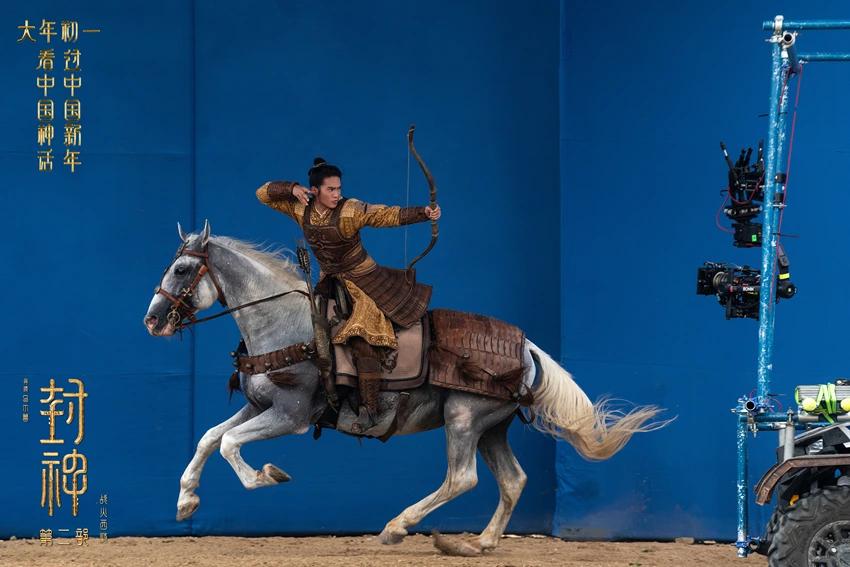
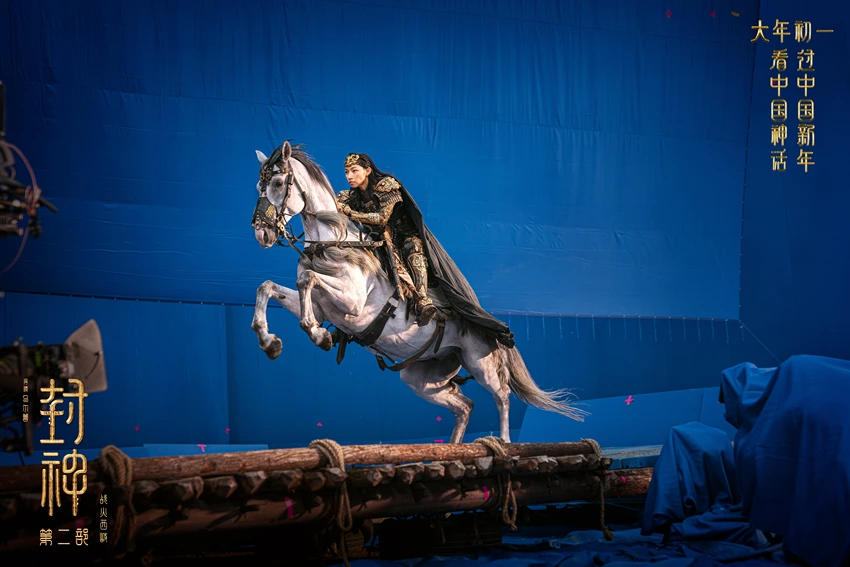
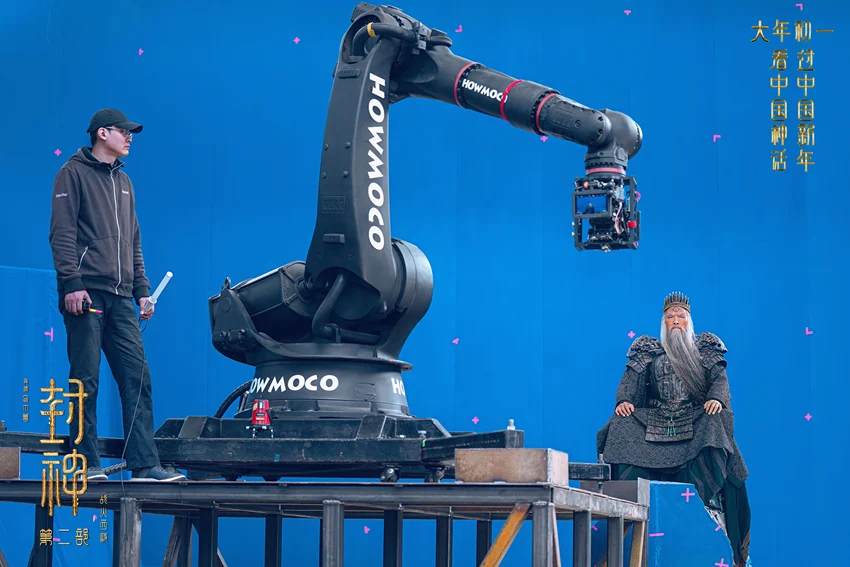
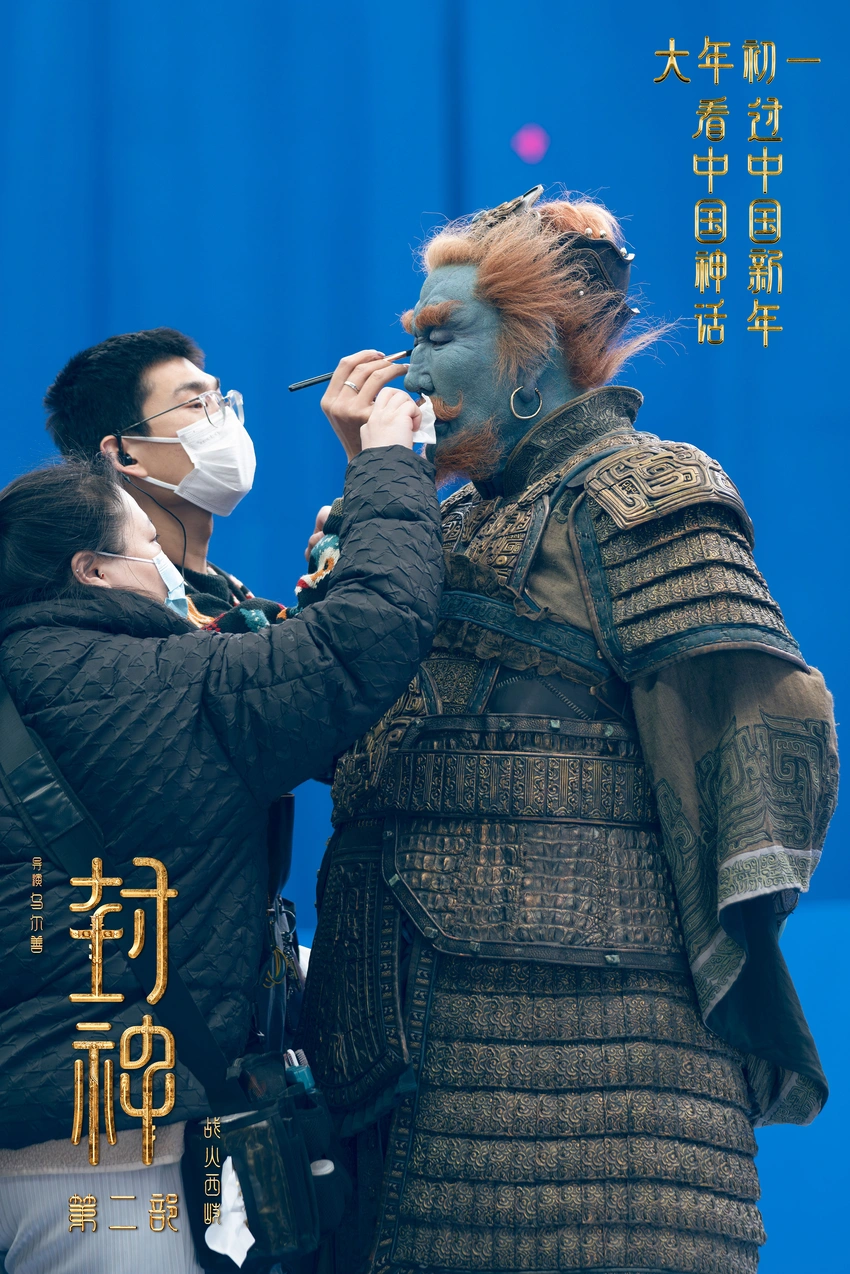
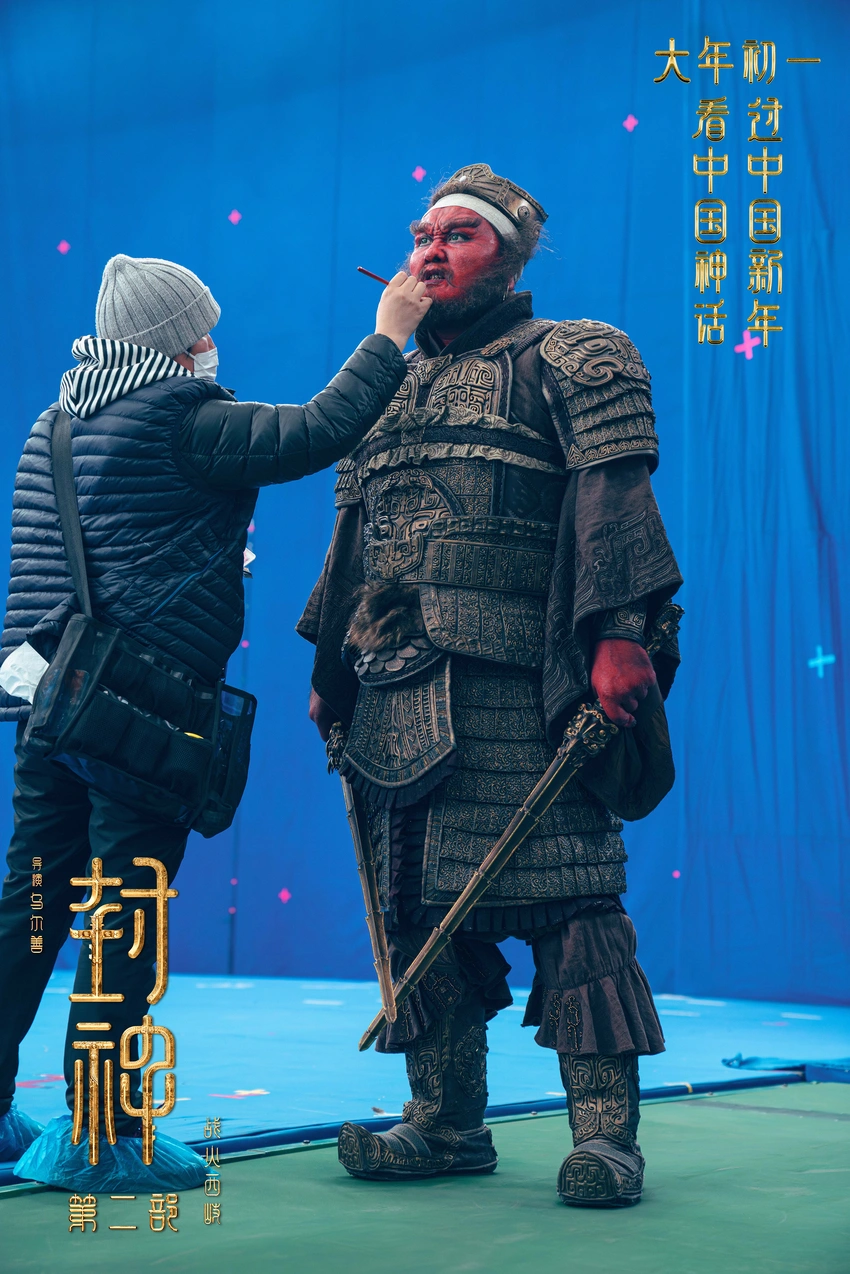
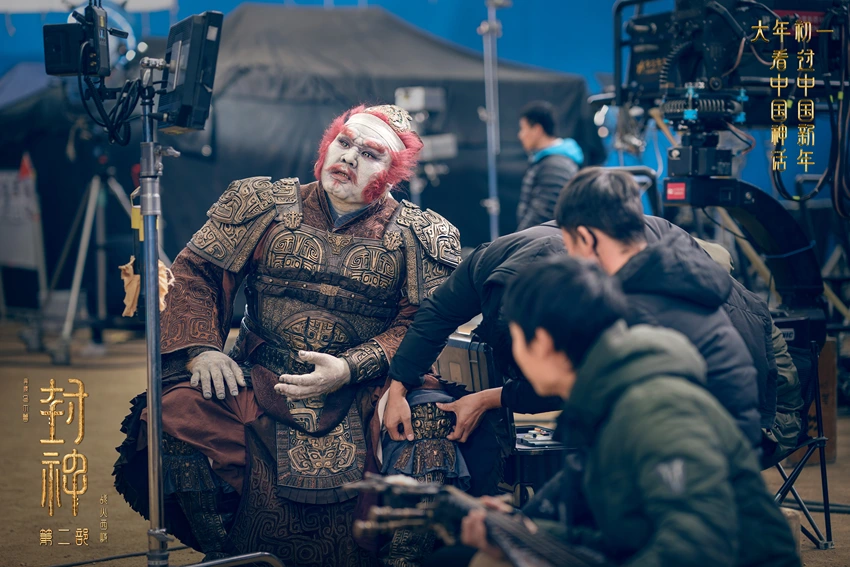
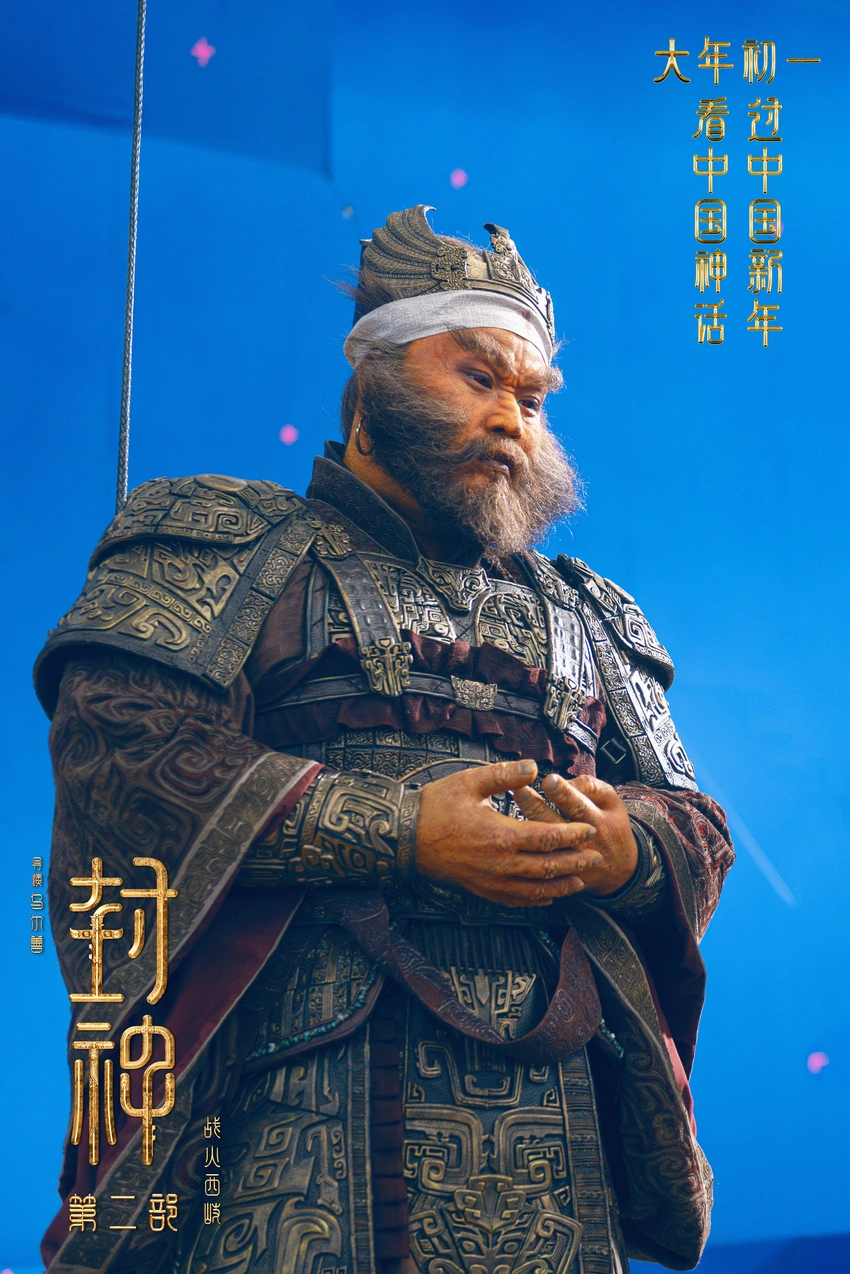
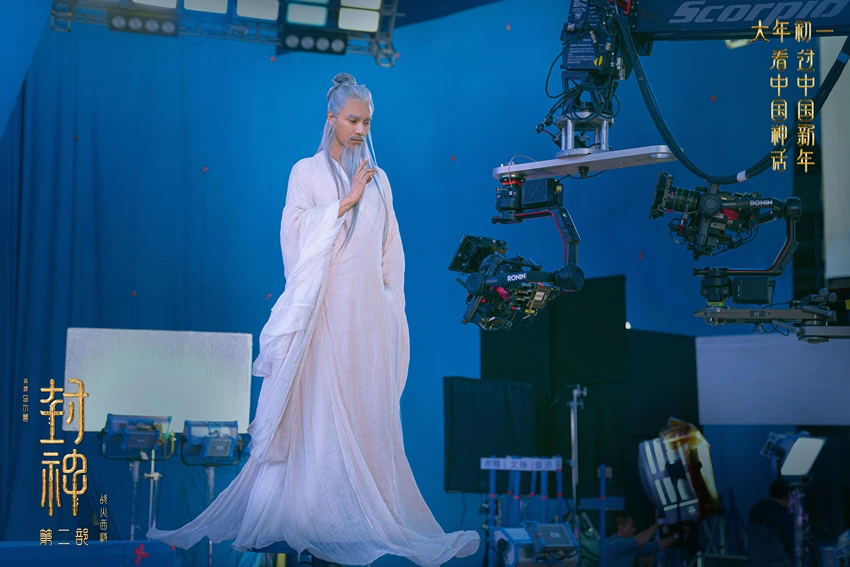
 白羊座
白羊座 金牛座
金牛座 双子座
双子座 巨蟹座
巨蟹座 狮子座
狮子座 处女座
处女座 天秤座
天秤座 天蝎座
天蝎座 射手座
射手座 摩羯座
摩羯座 水瓶座
水瓶座 双鱼座
双鱼座